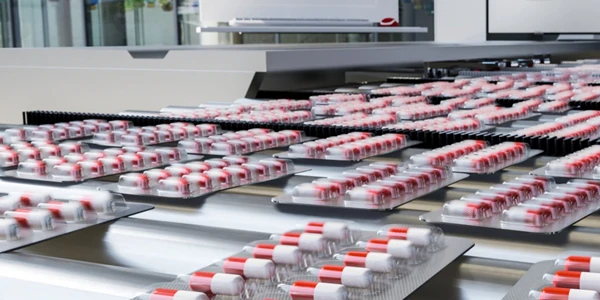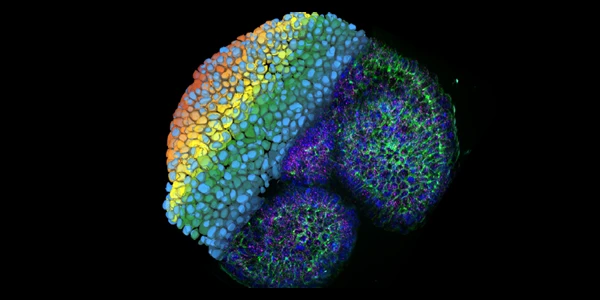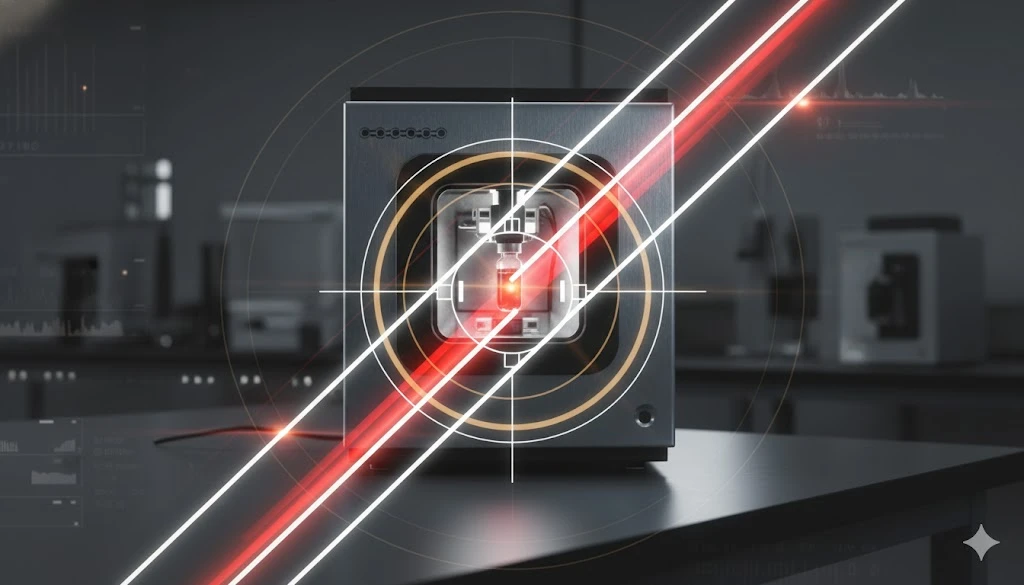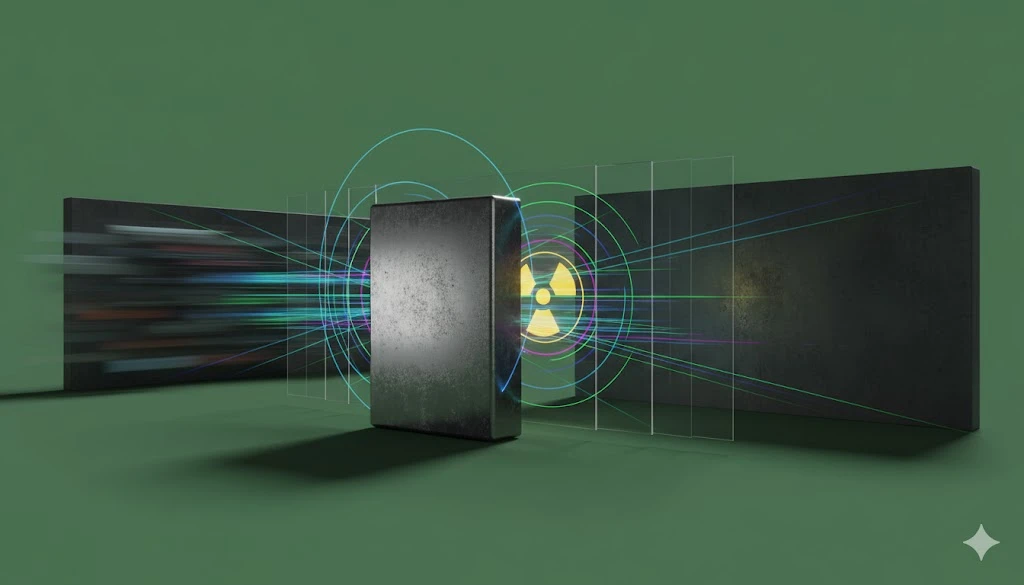Advances in Single-Molecule Sequencing and Long-Read Technologies
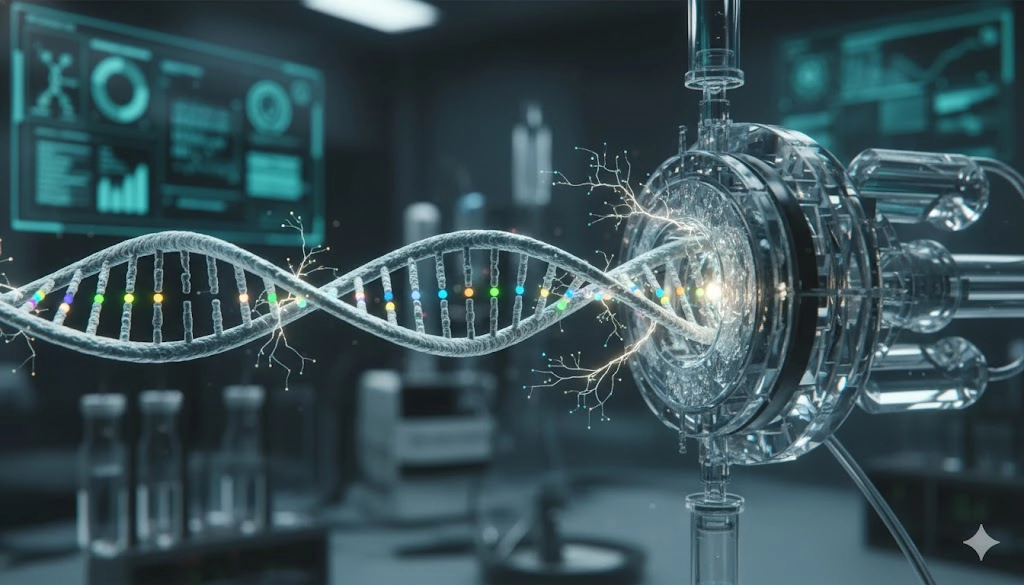
GEMINI (2025)
The paradigm shift toward analyzing DNA and RNA at the individual polymer level has redefined modern genomics, establishing single-molecule sequencing as a critical methodology in advanced laboratories. The direct observation of polymerization or translocation events—the fundamental mechanism of single-molecule sequencing—eliminates the need for amplification, mitigating common biases and yielding ultra-long reads that are pivotal for resolving complex genomic architectures. This technological evolution provides molecular biologists, clinical researchers, and computational scientists with unprecedented access to comprehensive structural, epigenetic, and transcriptional data, fundamentally altering the landscape of discovery and diagnostic capabilities in high-throughput settings.
Fundamental Principles of Single-Molecule Sequencing and Amplification Bias Mitigation
Traditional sequencing methods necessitate extensive nucleic acid amplification prior to analysis, a process that can introduce significant biases and artifacts, particularly in regions with extreme GC content or repetitive elements. Single-molecule sequencing (SMS) bypasses this requirement by analyzing individual DNA or RNA molecules in real-time, offering a truly native view of the sample. This fundamental difference is the core advantage of SMS technology, leading to superior capture of epigenetic markers and accurate detection of structural variants (SVs).
The principle behind most single-molecule sequencing platforms involves immobilizing or guiding a single template molecule through a detection apparatus. As the molecule is processed, the system registers a unique optical or electrical signal corresponding to the identity of the bases being read. The resultant data is a single, uninterrupted sequence representing the full length of the template, often spanning tens or hundreds of kilobases.
Feature | Ensemble Sequencing (e.g., Short-Read NGS) | Single-Molecule Sequencing (SMS) |
|---|---|---|
Template Preparation | Requires PCR amplification, fragmentation, and library preparation. | Minimal preparation; utilizes native, long DNA/RNA molecules. |
Read Length | Typically 50 bp to 600 bp. | Up to 100+ kb (median often 10–30 kb). |
Bias Mitigation | High risk of bias in high-GC or repetitive regions. | Near-zero amplification bias. |
Epigenetic Data | Requires bisulfite conversion; data is inferred. | Direct detection of methylation (5mC, 6mA) is often possible. |
Structural Variant Resolution | Poor resolution; relies on read-pair gaps. | Excellent resolution; SVs resolved within a single read. |
The ability of single-molecule sequencing to retain native molecular context is invaluable for applications demanding absolute fidelity and comprehensive coverage, establishing SMS as the preferred solution for de novo genome assembly and complex transcriptome analysis.
Pacific Biosciences (PacBio) Technology for High-Fidelity Single-Molecule Sequencing
Pacific Biosciences (PacBio) pioneered the commercialization of single-molecule sequencing through its Single-Molecule, Real-Time (SMRT) technology. The SMRT platform employs zero-mode waveguides (ZMWs)—pico-liter-sized wells that act as individual reaction chambers to observe a single molecule of DNA polymerase. In this setup, the polymerase is immobilized at the bottom of the ZMW, and fluorescently labeled deoxyribonucleotide triphosphates (dNTPs) are introduced.
As the polymerase synthesizes the complementary DNA strand, the incorporation of a dNTP into the chain generates a unique, brief burst of light within the ZMW's detection volume. The signal is captured before the fluorescent label is cleaved, allowing the process to continue. The time required for the polymerase to incorporate the next dNTP, known as the interpulse duration (IPD), also provides vital kinetic data that can be used for direct epigenetic profiling, such as identifying
A major advancement in PacBio's single-molecule sequencing approach is the development of HiFi reads (High-Fidelity). This technique leverages the concept of circular consensus sequencing (CCS), where the original long DNA molecule is circularized, and the polymerase repeatedly sequences the circular template. The resulting subreads—which may be individually noisy—are then computationally stacked and corrected using an internal consensus algorithm. This process dramatically reduces the random sequencing errors, yielding HiFi reads that retain the long read length (up to
The Role of Nanopore Technology in Ultra-Long Read Single-Molecule Sequencing
The second dominant force in single-molecule sequencing is the utilization of protein nanopores, primarily commercialized by Oxford Nanopore Technologies (ONT). This technology achieves the longest read lengths available, theoretically limited only by the quality and size of the input DNA or RNA molecule. The mechanism is fundamentally distinct from polymerase-based sequencing: it relies on the detection of changes in an electrical current as a nucleic acid strand passes through a nanoscale aperture embedded in a synthetic membrane.
The key components of the nanopore system are the membrane, the sensing electrodes, and an engineered protein nanopore (such as the
Crucially, the nanopore is wide enough to accommodate several bases—typically 3 to 5—simultaneously. The resultant electrical signal is therefore an aggregate of the bases currently residing within the sensing zone. The raw signal data, a sequence of current levels, is translated into a base sequence using sophisticated, real-time basecalling algorithms (often based on recurrent neural networks). While the initial per-base accuracy of nanopore single-molecule sequencing was lower than alternative methods, ongoing improvements in pore chemistry, sequencing reagents, and basecalling software have brought the consensus accuracy for Duplex (two-strand) reads and HiFi-like Q20+ methods to parity with highly accurate short-read and long-read technologies. The unparalleled read length (often exceeding
Essential Laboratory Applications for Single-Molecule Sequencing Data
The unique capabilities afforded by single-molecule sequencing—specifically, ultra-long reads and direct epigenetic readout—have solved several long-standing problems in genomics and transcriptomics laboratories. The most transformative application is the ability to complete de novo genome assemblies with high contiguity. Short-read sequencing data often leaves large gaps and ambiguities in assemblies, particularly in highly repetitive regions (such as centromeres and telomeres). Long reads span these complex regions entirely, leading to assemblies that approach "telomere-to-telomere" completeness, which is critical for understanding genome evolution and function.
Another essential application is the comprehensive detection and phasing of structural variants (SVs). SVs—including large deletions, insertions, inversions, and translocations—are fundamental drivers of disease and phenotypic variation but are poorly resolved by short-read data. With single-molecule sequencing, SVs are typically resolved within a single read, offering unambiguous confirmation of their breakpoints and location.
Key laboratory applications utilizing single-molecule sequencing include:
Whole-Genome Assembly: Creating highly continuous, complete reference genomes for non-model organisms or characterizing complex human cancer genomes.
Haplotype Phasing: Accurately assigning variants to the correct maternal and paternal chromosomes over very long distances, which is vital for disease association studies and transplantation genetics.
Direct RNA Sequencing: The ability to sequence native RNA molecules without converting them to cDNA provides direct measurement of transcript length, splice isoforms, and modification status, improving transcriptome complexity analysis.
Targeted Methylation Analysis: Analyzing native DNA for methylation status directly during the sequencing run (e.g., using kinetic data from PacBio or current changes from ONT), which is essential for epigenetics research and biomarker discovery.
The deployment of single-molecule sequencing platforms enables laboratories to move beyond variant calling to a comprehensive understanding of genomic structure, paving the way for more accurate diagnostic panels and personalized medicine strategies.
Accelerating Discovery with Next-Generation Single-Molecule Sequencing
The continued development of single-molecule sequencing platforms promises further gains in throughput, accuracy, and accessibility, solidifying the technology's position at the forefront of genomic research. Advancements are focused on two primary areas: enhancing throughput to match or exceed the scale of short-read platforms for population-level studies, and reducing per-read error rates to minimize reliance on high coverage for consensus accuracy. Automation and miniaturization are also key, particularly for field-based or point-of-care applications, which are increasingly leveraging the portability of certain single-molecule sequencing instruments. As data analysis pipelines continue to mature, integrating sophisticated algorithms for basecalling, error correction, and variant detection, the utility of high-quality long-read data generated by single-molecule sequencing will only expand. This trajectory ensures that genomic studies can consistently deliver the structural fidelity and molecular context required for the next era of biological and clinical discovery.
Frequently Asked Questions (FAQ)
What is the defining characteristic of single-molecule sequencing?
The defining characteristic of single-molecule sequencing is the ability to analyze a single DNA or RNA molecule in real-time without the need for pre-amplification, resulting in extremely long read lengths and the direct detection of epigenetic modifications.
How does single-molecule sequencing technology mitigate amplification bias?
Single-molecule sequencing eliminates the Polymerase Chain Reaction (PCR) amplification step, which is the primary source of bias in traditional methods, especially in regions that are difficult to amplify, such as those with highly repetitive sequences or extreme GC content.
Which single-molecule sequencing platform achieves the highest read fidelity?
Pacific Biosciences (PacBio) HiFi reads, generated using the Circular Consensus Sequencing (CCS) method, are currently recognized for achieving high-fidelity (Q20+) reads that combine long read lengths with exceptional per-base accuracy, making them highly suitable for precise variant calling.
Why are long reads from single-molecule sequencing necessary for genomic assembly?
Long reads are necessary because they can span entire repetitive elements and complex structural variations, allowing computational tools to accurately link distant genomic regions and construct highly contiguous, complete genome assemblies from telomere to telomere.
This article was created with the assistance of Generative AI and has undergone editorial review before publishing.
